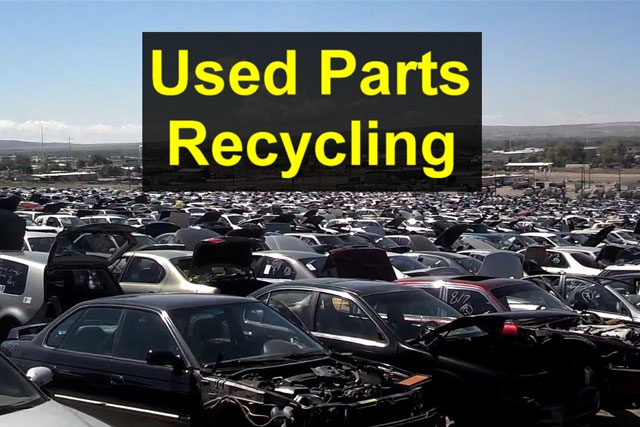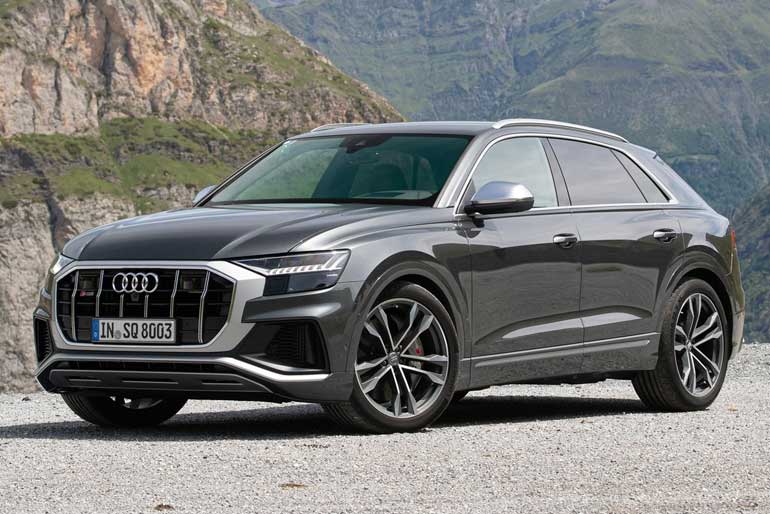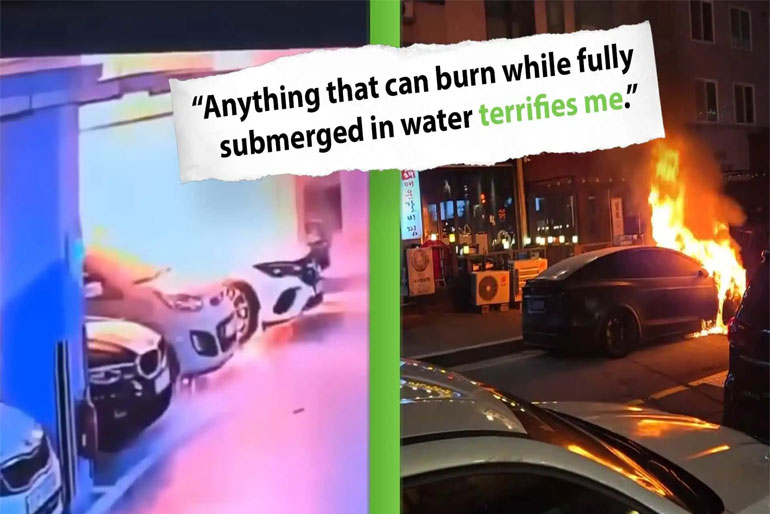In the past month, three major EV fires in Korea, each involving a different car brand, have grabbed global attention. These incidents have intensified concerns both in South Korea and abroad about the safety of electric vehicles. The anxiety is reminiscent of past fears like “fan death,” as Koreans worry about the possibility of a similar fire in their own neighborhoods. Recently, a Mercedes-Benz EQE fire in a parking garage near Seoul caused extensive damage, with 140 cars affected and 23 people hospitalized due to smoke inhalation.
Five days later, another incident occurred, this time involving a Kia EV6 that caught fire while charging in a parking lot 100 miles away. Firefighters managed to control the blaze in about an hour and a half. Although a battery defect is suspected, the cause remains under investigation. Meanwhile, Tesla is facing scrutiny after a Model X took four hours to extinguish following a fire while parked on the side of the road last week.
$TSLA
There was a fire in Model X in Korea just a while ago. It doesn't seem to be a fire due to the battery, and it seems that the owner has tuned the electric current, etc.
Tesla is recommending that the vehicle remain pure.
Recently, negative perceptions have been spreading… pic.twitter.com/9C5bBbxNFo
— Tsla Chan (@Tslachan) August 16, 2024Electric vehicle (EV) fires are relatively rare. Despite Korea having 544,000 EVs on the road in 2023, only 157 fires have been reported from 2019 to 2023. In comparison, the country’s 12.31 million gas-powered cars had 10,950 fire reports in the same period. Statistically, gas-powered cars are three times more likely to catch fire than EVs. So why the concern?
EV fires are tricky to manage. They often require thousands of gallons of water and several hours to extinguish. In some cases, EVs are submerged in water for extended periods to prevent the fire from reigniting, which fuels public worry and even unsettles some EV owners.
Firefighters in the U.S. are also wary of EV fires becoming more frequent. One firefighter noted that unlike gas car fires, which can typically be controlled with 250-500 gallons of water in under five minutes, EV fires can reflare hours or even days later, complicating the response.
The fear has impacted the used EV market in Korea. Listings for used EVs surged by 184% after the first two fires, with many of these vehicles being from the same Mercedes-Benz EQ line involved in the incidents. Prices of used EVs are also dropping. Reports indicate that Hyundai Ioniq 5 and Kia EV6 models fell by 1.97% on average, while Tesla Model 3 and Y models saw a drop of up to 3.36%.
In response to the fires, South Korean officials have called for greater transparency from automakers about their battery suppliers to reassure the public. In the U.S., Kia America and Hyundai Motor America have stated they are monitoring the situation closely to ensure safety.
Mercedes has disclosed that its affected vehicles had cells from LG Energy Solution (LGES), CATL, SK, and Farasis Energy. Hyundai, Kia, and Genesis use cells from LGES, SK, and CATL, while Tesla uses cells from LGES, Panasonic, and CATL. The exact supplier for the batteries in the affected Kia and Tesla vehicles remains unclear.
Officials are taking a controversial step by introducing a maximum charge limit for electric vehicles. The Seoul Metropolitan Government plans to restrict EVs’ State of Charge (SoC) to 90% before they can enter an underground parking garage. Additionally, EVs using DC Fast Chargers will only be allowed to charge up to 80%.
Local EV owners and experts are skeptical about these measures. Yoon Won-Sub, an energy science professor at Sungkyunkwan University, points out that EVs are designed to avoid reaching a full charge, even if the dashboard shows 100%. He believes it’s unproven that fully charged batteries pose a higher fire risk.
As EV sales lag behind expectations, automakers like Mercedes, Hyundai, Kia, and Genesis are offering free battery inspections to reassure customers that their vehicles are safe.







